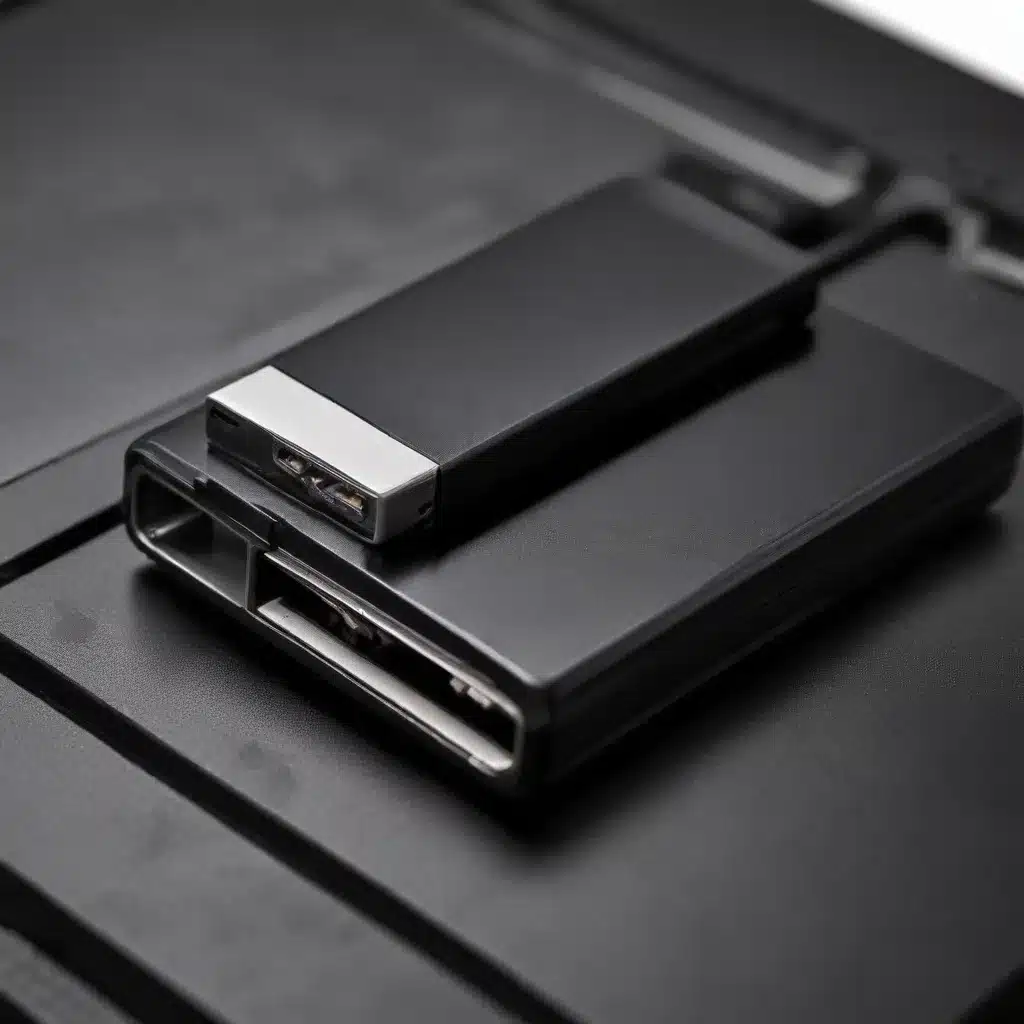
As a seasoned IT professional, I’ve encountered a wide range of issues with external hard drives and USB devices over the years. From blinking lights and unrecognized drives to complete hardware failures, these problems can be frustrating for both casual users and tech-savvy individuals alike. In this comprehensive guide, I’ll share practical tips and in-depth insights to help you troubleshoot and resolve these common problems, ensuring your valuable data remains safe and accessible.
Diagnosing External Hard Drive Issues
One of the most common issues with external hard drives is the inability to recognize the device on your computer. This can manifest in various ways, such as the drive not appearing in File Explorer/Finder, Disk Management, or Disk Utility. Often, the first sign of trouble is a blinking or solid LED light on the drive, indicating a power or connection issue.
Checking Connections and Power Supply
The first step in troubleshooting an unrecognized external hard drive is to ensure the connections are secure. Check the USB cable for any visible damage, and try using a different cable or port on your computer. If the drive requires a separate power adapter, make sure it is firmly plugged into both the drive and a functioning power outlet.
In some cases, the power supply may be the culprit. As mentioned in the source content, users have reported success by connecting the drive directly to a dedicated power outlet, rather than using a multi-socket adapter. This can help ensure the drive is receiving the necessary voltage and amperage to function correctly.
Examining Disk Utility and Disk Management
If the drive is still not recognized, the next step is to check the disk management tools on your operating system. On Windows, open the Disk Management utility and see if the drive is listed. If it appears as “Unknown” or “Unallocated,” you may need to initialize and format the drive.
On macOS, open the Disk Utility application and look for the external drive. If it is not mounted, try clicking the “Mount” button to bring it online. If the drive appears but cannot be mounted, you may need to run a disk repair or seek professional data recovery services.
Updating Drivers and Firmware
Another potential issue could be outdated or incompatible drivers for the external hard drive. Check the manufacturer’s website for any available driver updates and install them accordingly. In some cases, a firmware update for the drive may also be necessary to address compatibility problems with newer operating systems.
Trying the Drive on Another Computer
If the steps above do not resolve the issue, it’s a good idea to test the external hard drive on a different computer. This will help you determine whether the problem lies with the drive itself or the specific system you’re using. If the drive works on another computer, the issue may be related to your primary system’s configuration or hardware.
Troubleshooting USB Device Issues
USB devices, such as flash drives and external hard drives, can also experience compatibility and recognition problems. These issues can manifest in various ways, including the device not being detected, not mounting properly, or not functioning as expected.
Checking USB Port and Cable Compatibility
Start by ensuring that the USB device is compatible with the ports on your computer. Some older USB devices may not work with newer USB standards (e.g., USB 3.0 or USB-C) without the appropriate adapters or cables. Try connecting the device to a different USB port, preferably one that supports the same or a higher USB standard.
Examining Device Manager and Disk Utility/Disk Management
Similar to the steps for external hard drives, check the Device Manager on Windows or Disk Utility on macOS to see if the USB device is recognized. If the device is listed but not functioning correctly, you may need to update the drivers or reinstall the device.
Updating USB Device Drivers
Outdated or incompatible drivers can often be the root cause of USB device recognition issues. Visit the manufacturer’s website and download the latest drivers for your specific USB device. Install the updated drivers and see if the problem is resolved.
Trying the USB Device on Another Computer
As with external hard drives, testing the USB device on a different computer can help determine the source of the problem. If the device works on another system, the issue is likely related to your primary computer’s configuration or hardware.
Seeking Professional Data Recovery Assistance
In some cases, the hardware issues with external hard drives or USB devices may be beyond the scope of basic troubleshooting. If you have critical data stored on a faulty drive and cannot access it through the methods described above, it’s best to seek professional data recovery services.
Data recovery specialists have access to specialized tools and techniques to extract data from damaged or malfunctioning storage devices. While this service can be costly, it may be the only option to salvage irreplaceable files, such as family photos, important documents, or business-critical information.
Before resorting to data recovery, be sure to exhaust all other troubleshooting avenues, as the process can be time-consuming and expensive. However, if your data is truly irreplaceable, investing in professional data recovery may be the best course of action.
Conclusion
Troubleshooting external hard drives and USB devices can be a complex and often frustrating process, but with the right knowledge and approach, you can often resolve these issues and regain access to your valuable data. By following the steps outlined in this guide, you’ll be better equipped to diagnose and address common problems, minimizing the need for costly data recovery services.
Remember, if you encounter any issues that you cannot resolve on your own, don’t hesitate to reach out to the IT Fix team for further assistance. Our experienced technicians are here to help you navigate the complexities of technology and ensure your data remains safe and accessible.












